
BY PATRICIA NEWMAN
Every breath we take connects us to our ocean. Really? Yes! Tiny plants in the ocean called phytoplankton make nearly half of the oxygen we breathe on land.
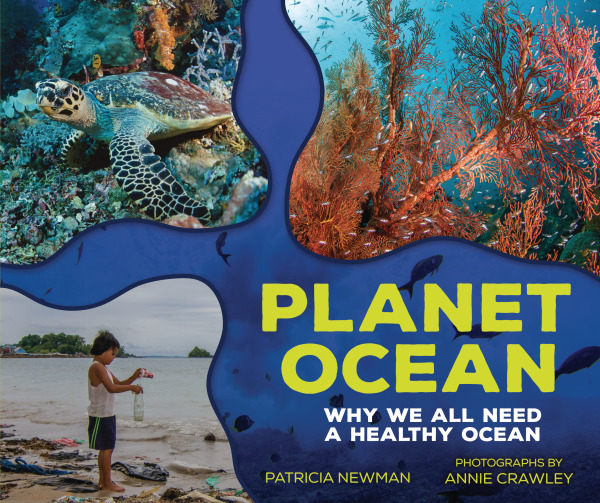
Most of us don’t know that phytoplankton have been making oxygen nearly 1.7 billion years longer than plants and animals on land. Without them our planet could not support human life.
Planet Ocean, pp. 22-23.
Planet Ocean is about our connection to our ocean, the vast ecosystem that makes life on Earth possible. To learn more about it, read chapter 2, The Salish Sea: Our Connection is Real in Planet Ocean.
Huge numbers of these tiny plants tint the Salish Sea green Most are so small that one hundred could fit across the width of a human hair.
Planet Ocean, page 23.
Then explore the miracle of phytoplankton through the following activities.
Activity #1: The many faces of phytoplankton
Materials
- student notebooks
- colored pencils
- microscopes (optional)
Procedure
- Ask students to write two facts about phytoplankton and two questions they have.
- Explain to students that phytoplankton come in a variety of shapes and sizes — spirals, cones, squares, circles.
- Then watch The Diatomist (below), a video about an artist who collects phytoplankton and creates art with it.
- Ask students to discuss what part art plays in science. Remember to consider The Diatomist and Planet Ocean.
- After reading about phytoplankton and photosynthesis in chapter 2, ask students to draw a diagram of how they think photosynthesis works in our ocean.
Optional extension
If you have access to microscopes, take a sample of pond, river, lake, or ocean water. Then look at it under the microscope. Ask students to draw what they see in their notebooks.
Activity #2: Phytoplankton float races
Now that students have a good idea of the variety of shapes and sizes of phytoplankton, try this activity.
Materials
- student notebooks
- various materials from home recycle bins
- a few tall cylinders or bins filled with water
- an electric fan
Procedure
- Explain to students that the word plankton refers to a wandering lifestyle. Plankton are organisms that cannot swim against currents, they simply drift.
- Divide students into teams.
- Using materials from home recycling bins, ask each team to design three new species of phytoplankton that float. Students may have to experiment with different materials and designs until they are satisfied.
- Using the water-filled bins or cylinders, have a float race. Ask students the following questions:
- Which plankton can float the best and sink the slowest and why?
- What adaptations helped plankton to float longest?
- What kinds of environmental variables might impact the plankton in the ocean?
- How do waves and wind affect your plankton’s ability to float? Make waves by slowly rocking the water container. Make wind with an electric fan.
- Return to the two questions students wrote about phytoplakkton in the previous activity. Were the questions answered?
Featured image: “Sam Lake watches as a GEAR UP student starts the plankton race. ©Carly Rose/VASG” by Virginia Sea Grant is marked with CC BY-ND 2.0.
Sibert Honor author Patricia Newman writes books that show readers how their actions ripple around the world. Using social and environmental injustice as inspiration, she empowers readers to seek connections to the real world and to use their imaginations to act on behalf of their communities.
Titles
In addition to the upcoming A River’s Gifts, Newman’s distinguished titles include Planet Ocean (Orbis Pictus Recommended, The Best Children’s Books of 2021 – Holiday Gift Edition, The Bank Street Center for Children’s Literature); Sea Otter Heroes (Robert F. Sibert Honor, ALA Notable, Green Earth Book Award); Eavesdropping on Elephants (NSTA/CBC Outstanding Science Trade Book, Bank Street Center for Children’s Literature Best Children’s Books of the Year); Zoo Scientists to the Rescue (Eureka! Gold Award, Bank Street Center for Children’s Literature Best Children’s Books of the Year); Plastic, Ahoy! (Green Earth Book Award, AAAS/Subaru Science Books and Film Prize, finalist); and Neema’s Reason to Smile (Parents’ Choice Recommended).
According to one librarian, “Patricia is one of THE BEST nonfiction authors writing for our students in today’s market, and one of our MUST HAVE AUTHORS for every collection.”
Contact
Visit her at www.patriciamnewman.com or on Twitter @PatriciaNewman.


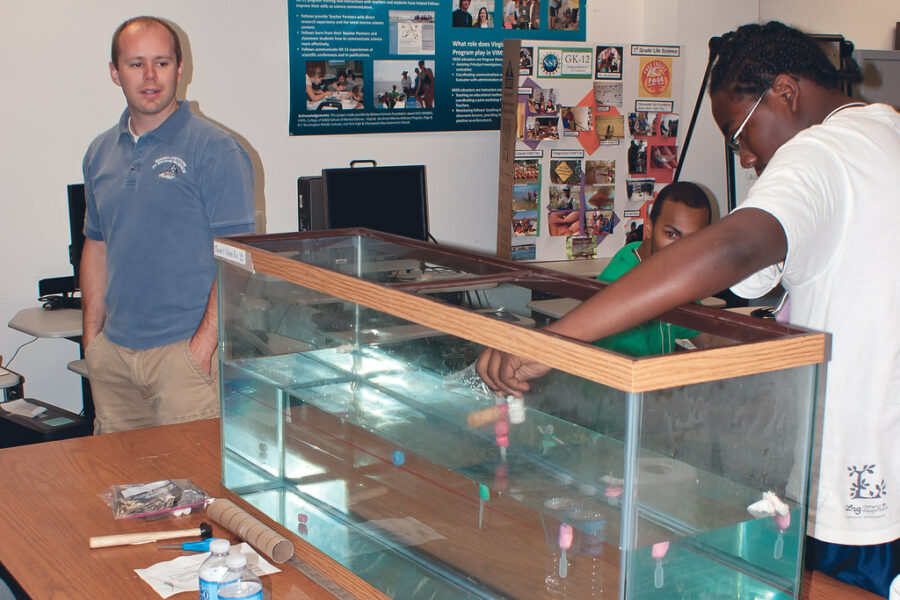
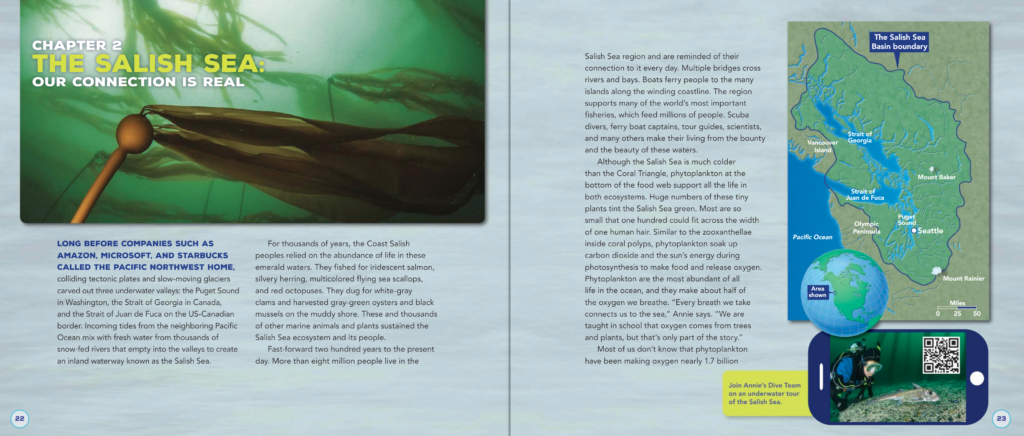
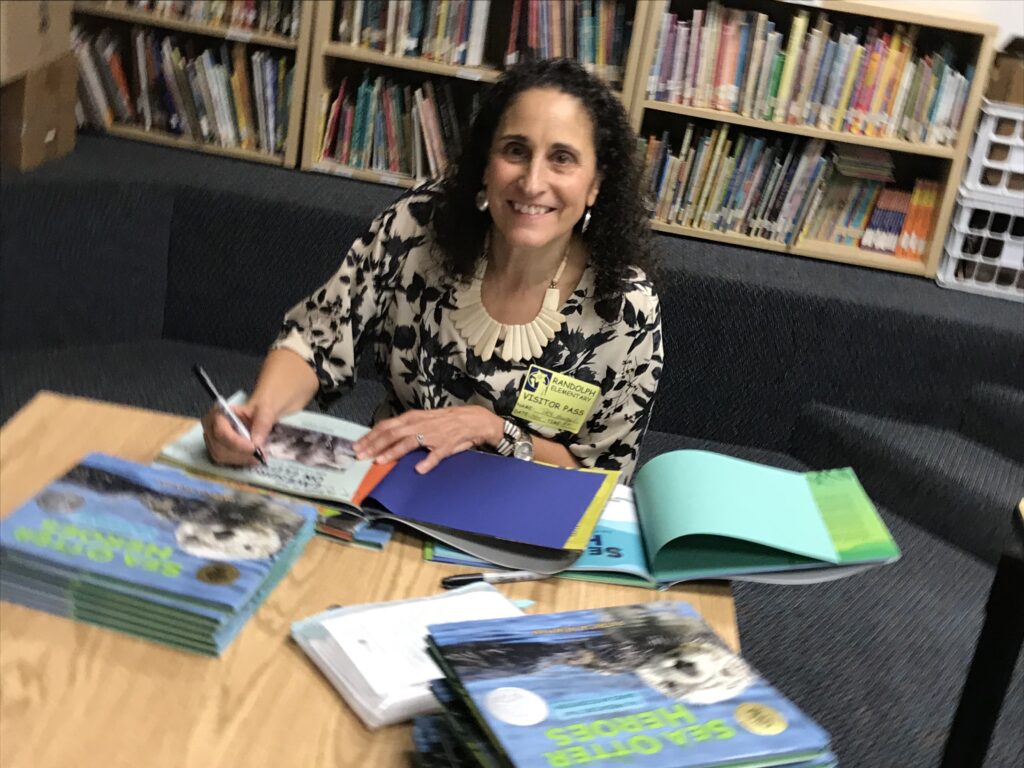
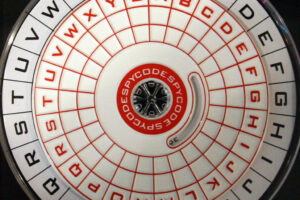
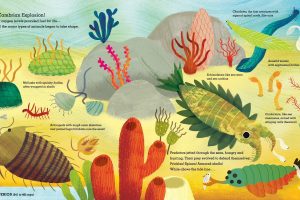



Leave a Reply
Your email is safe with me.